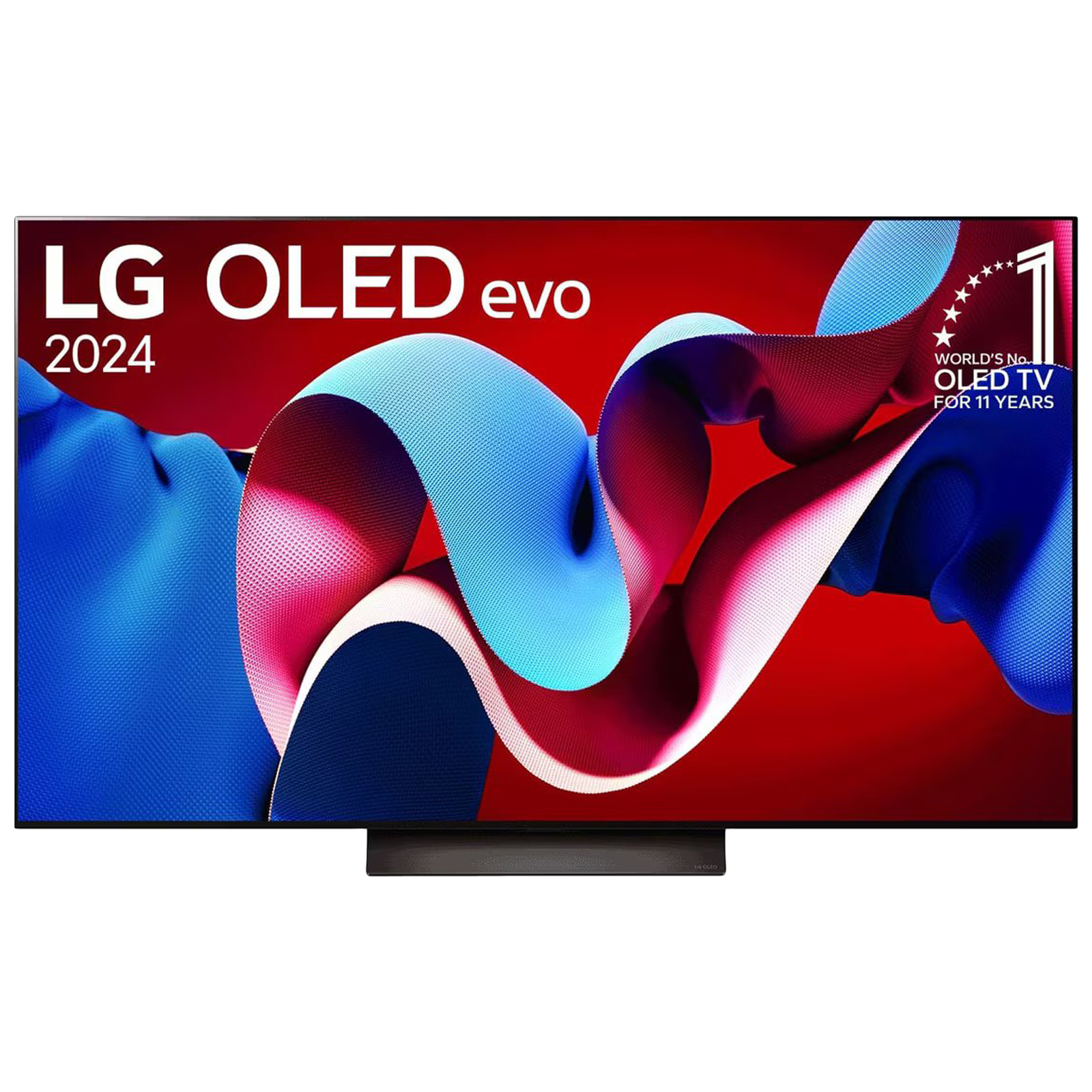When you walk into an electronics retail store like Croma, the most striking thing always is the huge lineup of televisions. Of the array of TVs in the store, the one that strikes the most is the OLED TV. Our televisions have come a long way from the time of cathode ray tubes, and today, you can easily differentiate your television based on the display technology.
A modern television uses either LCD or OLED display technology. While the majority of televisions in the market are LCD, OLED is not only fast catching up but also becoming more affordable. With OLED becoming so common among smartphones that even mobile phones priced under Rs 20,000 now feature an OLED display. You might be wondering about OLED in general and OLED TVs in particular. Let’s find out what an OLED TV is and what it can do for your home.
What is an OLED TV?
An OLED TV is a type of television that relies on OLED display technology to render images on your television panel. Unlike other types of light-emitting diode technologies, OLED does not require backlighting or a liquid crystal display (LCD) to render images. To understand about an OLED TV, it is important to learn about the OLED panel and the technology behind it.
ALSO READ: The 5 best OLED TVs to buy in 2024
Compared to an LCD panel, an OLED panel uses organic compounds as semiconductor material to display images. It is not a new concept, per se, and in fact, the system used to render images here is borrowed from plasma TVs. The difference is that while plasma TVs use gas, an OLED TV uses organic compounds to light up individual pixels when connected to an electrical signal.
An OLED panel consists of a cathode, anode, and conductive layers along with other types of layers. These layers sit on a substrate – made up of either glass or plastic – providing a base for the panel. When an electrical current passes through the layers, the organic material exhibits electroluminescence and glows with its own light.
Advantages and disadvantages of an OLED TV
The biggest advantage of an OLED TV is that it is lighter and thinner than LED TVs. There are critics who argue that OLEDs are not as bright as LEDs but the ability of OLED TVs to produce deeper blacks is second to none since the pixels are completely turned off.
ALSO READ: OLED vs QLED: The best TVs for your not-so-humble abode
In the world of OLED TVs, there are two new technologies gaining prominence: MLA OLED and QD-OLED. They are essentially brighter OLED TVs and thus cost a premium. Here is a list of advantages of OLED TVs over other display technologies.
1. OLED TVs are thinner and lighter since they do not require backlighting.
2. The lack of backlighting means OLED TVs require less power to operate compared to LED technologies.
3. OLED TVs support a wider viewing angle since light does not need to pass through an LCD layer. In other words, OLED panels do not lose colour or contrast even if viewed from an off-angle.
4. OLED TVs also support faster refresh rates with some models offering refresh rates up to 240Hz.
The biggest disadvantage of an OLED TV is that it cannot get as bright as LED TVs. It means if you put an OLED TV in a brightly lit room or rooms with lots of windows, the picture quality will get affected. However, not many users will be able to discern the difference. Another disadvantage is that OLED panels are more prone to burn-in and image retention than LED panels, and of course, they are costly.
Unleash your inner geek with Croma Unboxed
Subscribe now to stay ahead with the latest articles and updates
You are almost there
Enter your details to subscribe

Happiness unboxed!
Thank you for subscribing to our blog.
Disclaimer: This post as well as the layout and design on this website are protected under Indian intellectual property laws, including the Copyright Act, 1957 and the Trade Marks Act, 1999 and is the property of Infiniti Retail Limited (Croma). Using, copying (in full or in part), adapting or altering this post or any other material from Croma’s website is expressly prohibited without prior written permission from Croma. For permission to use the content on the Croma’s website, please connect on contactunboxed@croma.com
- Related articles
- Popular articles



















Karthekayan Iyer
Comments